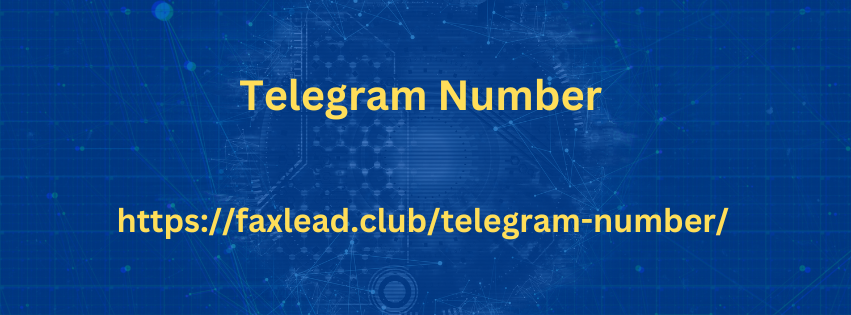|
|
Problem: Predict the survival of passengers on the Titanic based on various attributes like age, gender, class, fare, and ticket information. Dataset: The Titanic dataset is a classic machine learning dataset that contains information about passengers on the Titanic ship. Data Analysis Steps: Data Exploration: Understand the data structure, variables, and their distributions. Identify missing values and outliers. Visualize the data using histograms, bar plots, and scatter plots to gain insights. Data Cleaning: Handle missing values by imputation or removal. Address outliers using techniques like Winsorization or trimming. Transform categorical variables into numerical representations (e.g., one-hot encoding).
Feature Engineering: Create new features that might be more informative (e.g., title from name, family size). Consider feature selection to reduce dimensionality and improve model performance. Model Selection: Choose appropriate machine learning algorithms Telegram Number based on the nature of the problem and data. Common choices include logistic regression, decision trees, random forests, support vector machines, and neural networks. Model Training and Evaluation: Split the data into training and testing sets. Train the selected models on the training set. Evaluate the models' performance using metrics like accuracy, precision, recall, F1-score, and confusion matrix. Model Tuning: Optimize model hyperparameters to improve performance using techniques like grid search or random search. Interpretation and Visualization: Analyze the model's predictions and identify patterns.

Create visualizations to understand the model's decision-making process. Key Insights and Findings: Gender: Women were more likely to survive than men. Class: Passengers in higher classes had a higher survival rate. Age: Children and young adults had a higher survival rate compared to older passengers. Fare: Passengers who paid higher fares were more likely to survive. Real-World Applications: Risk Assessment: Predicting the likelihood of customer churn in businesses. Healthcare: Predicting patient outcomes based on medical data. Finance: Detecting fraudulent transactions. Marketing: Identifying target customers for marketing campaigns. By following these steps and leveraging the insights from the Titanic dataset, you can apply data analysis techniques to solve a wide range of real-world problems.
|
|